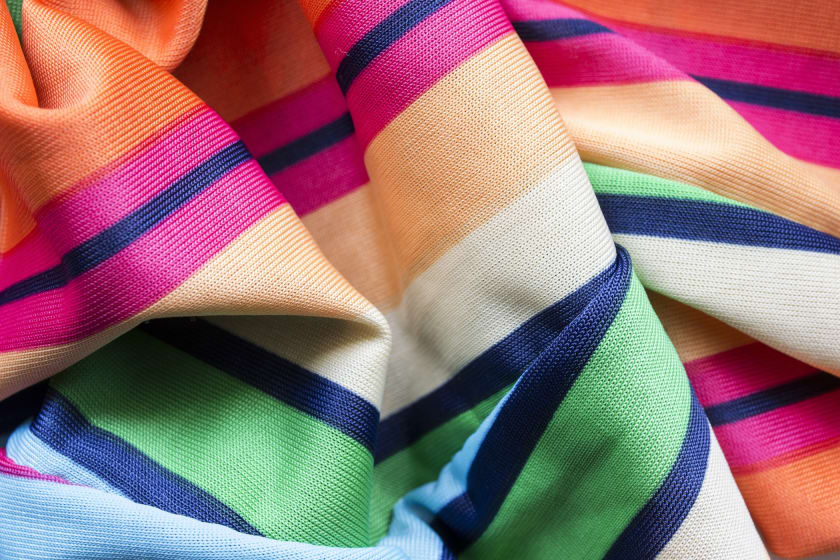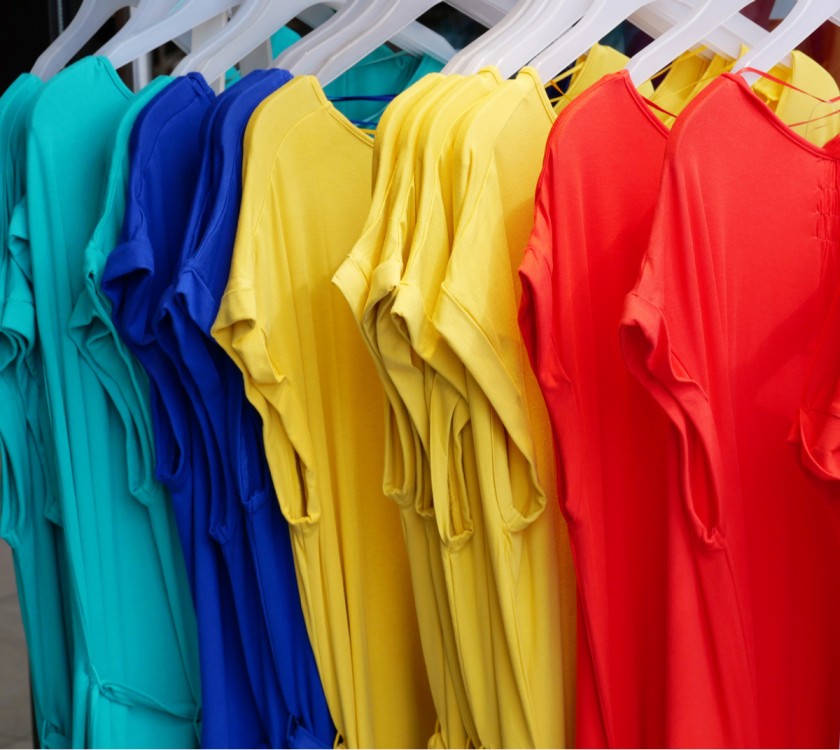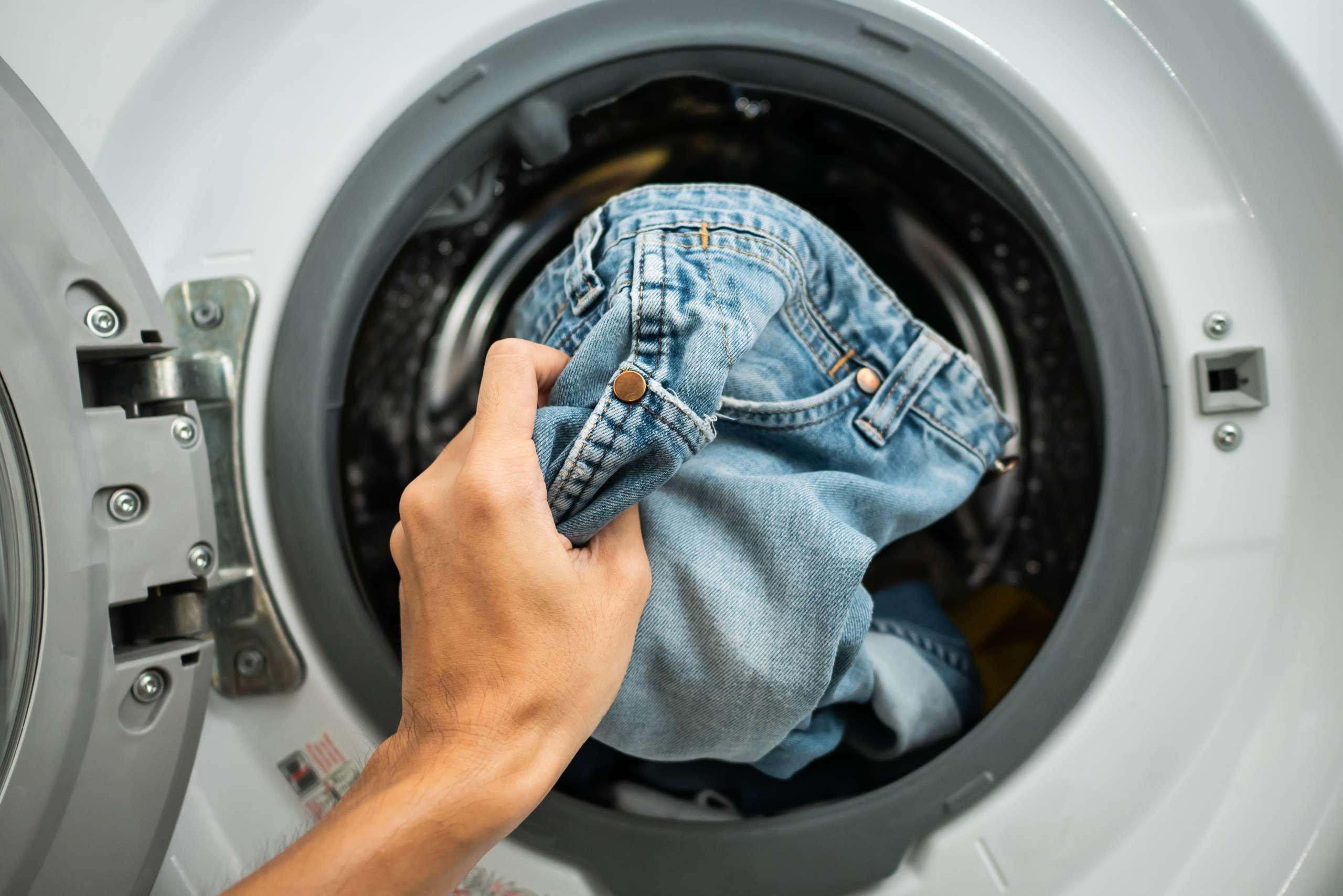A Market Overview of Viscose



Understanding Viscose
Viscose is a type of rayon that is made from regenerated cellulosic fiber. It is the most popular type of rayon in use. It is made from cellulosic material such as bamboo, wood pulp, and cotton linters. The most striking feature of viscose is its versatility. It finds application in apparel, textiles, and other industrial areas. The global demand for viscose is expected to rise significantly.
Areas of Applications of viscose

Viscose is sometimes called artificial silk since it is lustrous, drapeable, and retains bright colors. It possesses good breathability, comfort, a high level of moisture absorbency, and dyeability, which makes it similar to cotton. It is also used in medical textiles as it is both soft and biodegradable.
It is widely used in making yarn, nonwoven, apparel, and fabric. In textiles and apparel, it finds applications in chenille, suiting, crepe, lining of coats, jackets, sportswear, slacks, curtains, and draperies. It is used to manufacture surgical caps, masks, and hygiene products. In the industry, it finds uses in making tapes, carbon fibers, tire cords, and graphite.
Cotton and wood pulp are used to make artificial cotton and natural VSF fibers, which have qualities similar to cotton fibers. Because of their adaptability, these fibers are widely utilized for various purposes, including making clothes, home furnishings, and home textiles.
Viscose has some cons as well. For instance, it can shrink with washing. Below mentioned are some of its pros and cons:
Merits and Demerits of Viscose
| Merits | Demerits |
| It absorbs sweat and does not retain heat. | It is prone to shrinking. |
| It is ideal for summer wear as it is breathable. | It is delicate, and the fibers may break during washing. |
| Since it is free-flowing, it drapes well. | Stains and marks may be difficult to remove. |
| When mixed with spandex, it gets an extra stretch. | It is susceptible to mildew. |
| It can retain colors very well. | Its quality fades with exposure to sunlight. |
| It is more affordable than silk. | |
| It is very light and airy. |
Viscose is a more welcome alternative to cotton and silk and the reasons for its application in clothing are elaborated below:
Reasons for preferring Viscose over Silk
Viscose is otherwise called artificial silk as it mimics many of its qualities. It is smooth and soft like silk. It is also a less expensive alternative to silk. Viscose is more breathable than silk. It is almost as shiny as silk. But, it is not as eco-friendly as silk. Like silk, care needs to be taken to avoid exposure to sunlight.
Comparison with Cotton
Viscose feels more like cotton than silk and hence finds application in textiles. It is smooth but not crisp like cotton. Viscose is made by chemically treating wood pulp. It is natural but less eco-friendly than cotton. Both viscose and cotton are cool and breathable. But Viscose is not as ubiquitous as cotton. Both are versatile and blend with other fabrics. Cotton fabrics do not get damaged when machine washed, unlike viscose.
Sometimes viscose is used as an alternative to polyester since it is more eco-friendly. However, viscose is less moisture-wicking than polyester and is more prone to wrinkling than polyester. Also, polyester is less likely to pill than viscose.
Why this buzz about viscose?
The demand for viscose is set to see a hike both in India and abroad. Laces, sarees, chenille, cords, outerwear, embroidery yarns, crepe, gabardine, the lining of coats, suiting, jackets, lingerie, novelty yarns, sportswear, ties, slacks, bedsheets, curtains, dresses, blankets, and draperies are all being manufactured from viscose. Due to its eco-friendliness and other qualities that make it similar to cotton, silk, and polyester, the global demand for viscose will increase in the coming years. Viscose will be the most sought-after man-made fiber in the textile industry. But it also faces tough competition in this segment as the prices of other fibers have seen a downward spiral. Since cotton production is expected to take a hit in the next few years, the demand for viscose will increase both domestically as well as globally.
India, China, Thailand, Indonesia, Taiwan, Germany, and Japan are the major producers of viscose. At present, Grasim is the major domestic as well as global producer of VSF or Viscose Staple Fiber. Other domestic manufacturers of VSF include Aditya Birla Nuvo, National Rayon Corporation, Century Rayon, and Kesoram rayon. Aditya Birla Nuvo and Century rayon account for around 80% of the domestic manufacture.
With a market share of roughly 79% of all artificial cellulose fibers, viscose is essential to the textile industry.
The growth of the apparel market is being fueled by changing customer buying patterns, growing disposable money, and changing fashion trends. These reasons are also helping to drive the demand for viscose staple fiber. The viscose staple fiber is classified as a hybrid nylon fiber, and it is used to make a variety of good clothes and apparel. As a result, these variables will aid in the market's expansion.
The top two retail marketplaces for apparel are the United States and China. Furthermore, garment demand is high in Germany, the United Kingdom, and Russia. The fastest-growing clothing markets are India and Brazil.
Textiles and apparel account for a considerable 12% of India's overall exports (2018-19).
Key Market Trends
- The global demand for Viscose Staple Fiber (VSF) has increased at a healthy CAGR over the last five years. It is expected to expand at a significant CAGR of 4.78 percent over the projection period of 2022-2030.
- The need for VSF in various applications is predicted to rise as the demand for textiles and apparel grows. Due to increasing demand in countries such as India and China, Asia-Pacific, the world's largest market for woven fabrics (with a share of 62% in 2017), is experiencing solid growth.
- The demand for apparel has increased in India due to digitization, social networking sites, and apps that aid in the sale of clothing. The order also rises due to the increased popularity of foreign textile companies and changing consumer preferences. Based on particular Indian apparel producers, menswear brands are growing at a rate of 7-10%, while women's and children's apparel is increasing at 15-20%.
- The sector has benefited from government rules such as the Scheme for Integrated Textile Parks (SITP) and the Amended Technological Upgradation Fund Scheme (ATUFS), as well as capital and freight subsidies from the states of Maharashtra and Haryana. As a result, the market for viscose staple fiber in India has grown tremendously.
- Not only in India but also in the international market, the Indian textile sector has seen excellent expansion. It is a major apparel exporter, with a massive demand in Europe that includes the United Kingdom, Spain, Germany, and France.
Impact of COVID-19 in the Industry
The viscose industry saw a downfall when the pandemic hit; the supply of raw materials came to a pause due to government limitations. As there was a global lockdown, the price of viscose dropped, which forced many companies to make safety masks as nonwoven fibers are needed for mask manufacturing. In 2021, however, the industry had modest growth as some companies began to create woven textiles in their plants.
The need for viscose fiber is expected to rise in the following years, as it is widely used in stylish clothes and the hygiene sector, where purity and absorbency are essential. The Asia-Pacific region dominated the market with a 65% share, and it is expected to grow at the highest rate throughout the forecast period.
Manufacturers of Viscose
“In India where the demand growth for VSF is pegged at 8% is higher than global demand growth, driven by business development efforts of Grasim,” stated Dilip Gaur, MD, Grasim, in an interview.
Apart from Grasim, the market’s primary players are:
- China Hi-Tech Group Corporation (CHTC)
- Glanzstoff Industries
- Jilin Chemical Fiber Group Co., Ltd.
- Kelheim Fibres GmbH
- Lenzing AG
- Sateri
- Tangshan Sanyou Group Xingda Chemical Fibre Co., Ltd.
- Xinjiang Zhongtai Chemical Co., Ltd.
- Yibin Grace Group Company
- Nanjing Chemical Fiber Co.
Conclusion
The versatility of viscose will see its demand grow in the near future. Sure, the pandemic left a mark on its production. But if market trends in 2021 are anything to go by, then this cellulosic material will see increased demand in the future. In India, it is set to capture more market share riding on the back of Grasim’s marketing initiatives. In the global context, it will see increased demand as global supply chains are re-established following the pandemic.
Fashinza is a B2B apparel manufacturing platform. We connect clothing brands with vendors to help them manufacture their collections. Our partner brands only need to place the order; we handle the entire production process from design to delivery. Our chief offering is a platform that allows companies to place orders, track them, get daily production updates, contact manufacturers, and pay for them. We make the apparel manufacturing process simple, fast, and transparent.



















